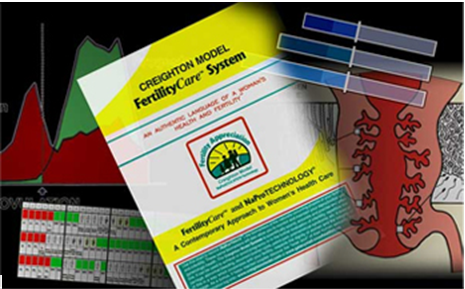
The Creighton Model FertilityCare™ System (CrMS) is a scientifically developed and standardized system to assist women and couples in understanding their fertility cycles. This system gives a woman highly reliable information about:
- When she is ovulating
- When she is fertile and when she is infertile
- Whether her reproductive system is functioning normally
- Early warnings of reproductive or gynecologic health problems
The CrMS empowers a woman with the knowledge to enhance her health and the health of her family. It is a cost-effective medical tool to help evaluate and treat infertility and gynecologic health problems. It is also highly effective for avoiding pregnancy without medical side effects. Women of all reproductive categories can benefit from its use.
Real Solutions to Real Problems
- Infertility
- Recurrent miscarriages
- Progesterone support in pregnancy
- Prevention of preterm birth
- Male infertility
- Irregular cycles
- Ovarian cysts
- Polycystic Ovarian Disease (PCOD)
- Heavy and painful periods
- Premenstrual Syndrome (PMS)
- Irregular or unusual bleeding
- Postpartum Depression
- Chronic discharges
- Endometriosis
- Other heath problems
This is the first and only women’s health science to network family planning with reproductive health monitoring and maintenance. It is a fertility-care based medical approach rather than a fertility-control approach to family planning and gynecological health.
NaProTECHNOLOGY® uses the CrMS to monitor the occurrence of various hormonal events during the menstrual cycle. NaProtracking provides valid information that can be interpreted by a woman and by physicians who are specifically trained in this system.
As a system of family planning, the CrMS can be used to both achieve and avoid pregnancy. As published in the June 1998 issue of the Journal of Reproductive Medicine, when using the system to avoid pregnancy, it has a method effectiveness (perfect use) rate of 99.5% and a use effectiveness (typical use) rate of 96.8%. On the other hand, when used to achieve pregnancy in couples of normal fertility, the effectiveness is 76% in the first cycle of use and 98% by the sixth cycle.
